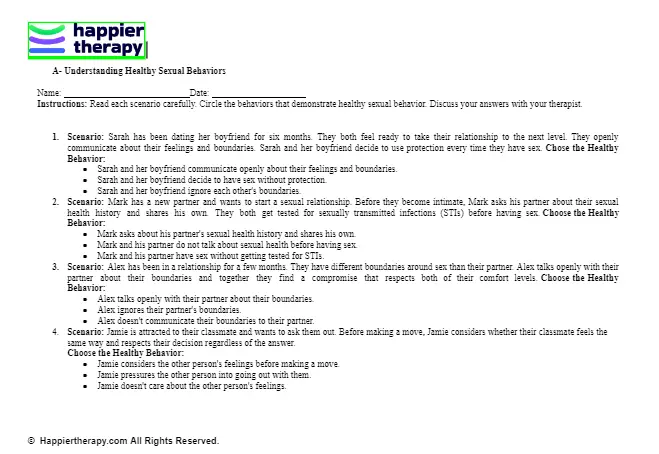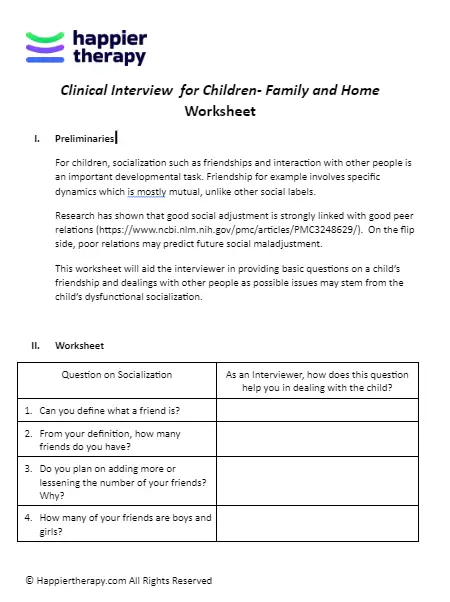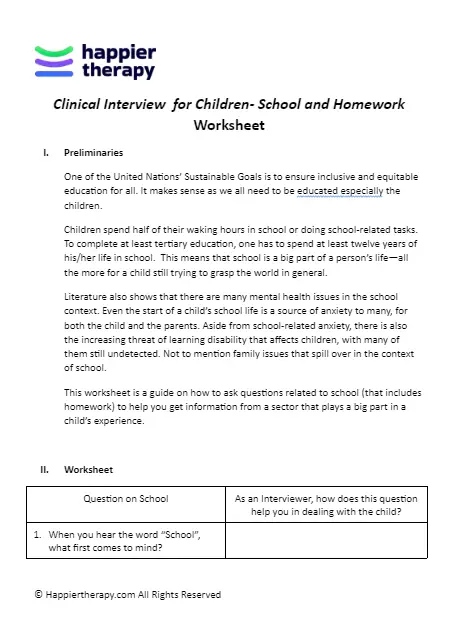Pet Therapy Worksheet
What is the theory behind this Pet Therapy Worksheet?
Pet Therapy or ‘Animal assisted’ therapy is a fairly new way of incorporating the various physical and psychological benefits of interacting with friendly animals into the counselling or therapeutic process to meet treatment goals. The animals involved in this are chosen based on their gentle nature such as dogs, cats, dolphins, birds and horses. The purpose is to bring emotional, social, physical and mental changes in the individual through positive interaction with an animal via their presence and involvement in various games and activities.
How will the worksheet help?
The worksheet will help provide information related to the use of animals in therapy for any counsellor or therapist who wishes to adopt it for their clients. It will provide the various benefits of incorporating animals in therapy and the necessary guidelines that must be followed.
How to use the worksheet?
This worksheet can provide basic information regarding pet therapy or animal-assisted therapy to counsellors or therapists who are seeking to incorporate animals in their sessions.

 By
By



